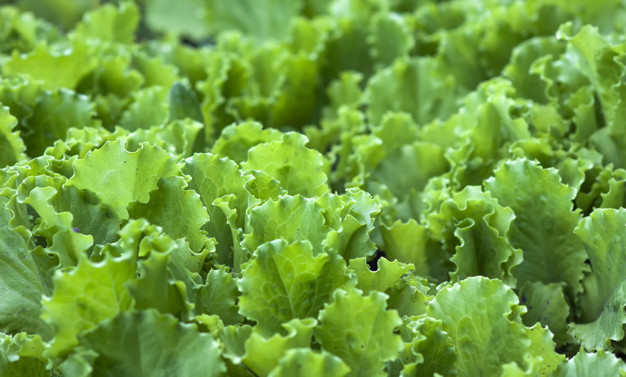top of mind news
- Is It Possible to go Green without Breaking the Bank?
- DOL Sets Strict Definition Of ‘Joint Employer’
- Easing Into Ethnic Eating
- Plant-Based Proteins, Eco-Conscious Packaging Top 2020 Industry Trends
- Small But Mighty: How Sides And Apps Can Boost Business
THE FARM
Poultry
Chicken production remains robust, with slaughter for the week ending January 4th coming in 6.3% over the year prior. Heavier bird weights have recently pushed RTC broiler production to an aggressive year-over-year 8.8% gain. While production schedules remain active, the USDA is forecasting 2020 chicken exports to be their largest in history, but pending supplies are still expected to meet those export expectations. Still, China’s interest for U.S. chicken is a big unknown, but if they buy, exports this year may exceed expectations. The wing markets are seasonally rising, but a peak is usually likely in the late winter. Leg quarter prices continue to accelerate higher as well.
Beef
Beef production continues to run above year ago levels, with last week’s output estimated at 528 million pounds, 2.7% more than the year prior. The Choice beef cutout continues to hold in the $2.100 area for the fourth week in a row, and further choppy trade is expected well into early February. Ground beef prices continue to move mostly sideways, as well, but the beef 50s have displayed notable strength from mid-December to present. While this aggressive price increase should moderate, expect higher beef 50s well into the late spring. Anticipate the lean beef trim markets to remain supported as well.
Pork
Last week’s hog harvest was an estimated 2.7 million head, up 6.2% (yoy), but lighter hog weights are tempering production, leaving output for the first full week of 2020 up a more modest 5.6% (yoy). The pork belly markets have begun to strengthen, with a recent daily close over $0.90 (USDA) for just the second time since mid-December. Look for higher prices from the various pork cuts. Pork 72s prices are appreciating as well and are doing so from already elevated levels. Seasonally, further upside potential for pork trim prices can occur this winter.
THE SEA
Seafood
The shrimp markets continue to trade at historically engaging levels although the larger sizes (prices) are above a year ago. Shrimp imports during November in the U.S. were unimpressive, down 1.7% from the prior year. Still, fairly solid shrimp imports are anticipated in the coming months. However, an improving world economy could help shrimp consumption. Shrimp prices may remain range bound in the near term.
THE GARDEN
Produce
The lettuce markets are elevated due to short supplies in the West. Adverse weather has shortened the harvest in recent weeks. History suggests that iceberg lettuce supplies could decline in the near term. The five-year average move for the 24-count iceberg lettuce market during the next two weeks is a decline of 46%. The potato markets remain inflated as well. The current USDA estimate has the 2019 Idaho crop at 130.9 million hundredweight, down 7.7% from the previous year and the smallest since 2015.
THE KITCHEN SINK
Dairy
The cheese markets have moved mostly lower from last week. November cheese production was up .5% from the previous year. Cheese prices usually experience sideways to choppy price movement in January before moving modestly higher during February. The spot butter market this past week priced the lowest since November 2016, but since, has found some price support. Butter output in November was 4.4% better than the prior year. Solid production, adequate stocks, and weak exports may all be a headwind for the butter market this year, but history says the downside risk during Q1 is usually nominal.
Grains
Adverse weather shortened the Russian wheat crop for the second consecutive year in 2019, and their trade supply has tightened. There is a risk that the Russian government could curtail wheat exports sometime during the first half of this year. This could underpin wheat prices during the next several months.
Oil
Nearby natural gas futures were down modestly this past week despite colder forecasts developing for the eastern two-thirds of the U.S. over the next few weeks. Natural gas futures haven’t spent a lot of time below $2.000 since the winter of 2016.














